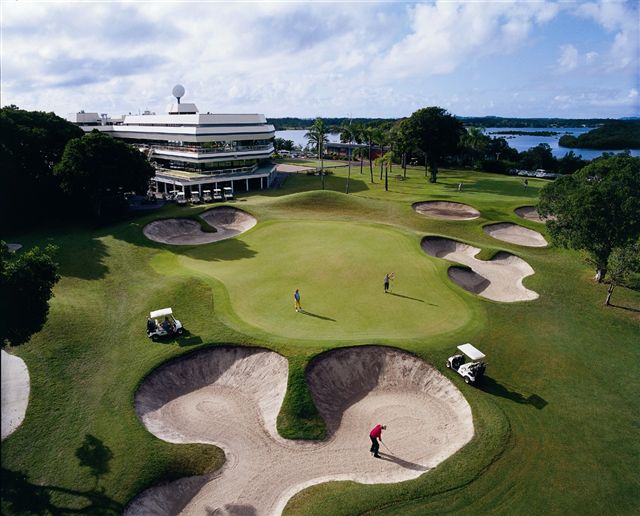Works have continued on the new additions to our course maintenance area. The main compound has been concreted this week which required our machinery to be stored adjacent to the 9th West fairway for the past week. The concrete itself will be a huge improvement replacing the potholed jigsaw puzzle of bitumen that was there previously. To be honest it is a miracle that someone has not had a nasty fall in one of the numerous potholes that regularly appeared. Walking on the new concrete is akin to the feeling you get with a new set of tyres on your car. The drainage of the main compound has also been improved and a sediment pond has been installed adjacent to the 9th West fairway. The footings for the new shed have also been poured. Expenditure on maintenance areas is always a tough one for golf clubs as the players don't physically see anything for their money but in my opinion (obviously biased) the maintenance area is critical as it is the engine room for the golf course. By this I mean it is where the groundstaff start and finish their days and if it is not conducive to inspiring them to enjoy their workplace then the course can only suffer.
| Concrete pump in action |
| Main compound area concreted |
Further to our pitchmark problem and today following the Men of League golf day I had my staff repair pitchmarks. On the 4th West green they repaired 6 totally untouched marks. I inspected the green again less than 2 hours later after members had gone through on their Friday afternoon practice and repaired 16 totally untouched pitchmarks. So tomorrow the West course bunkers won't be raked rather that staff member will be repairing pitchmarks.
Thank you to Roy Gamma for making a comment on the last blog item. Unfortunately for some reason I can't add a response so I will work on that over the week end.

